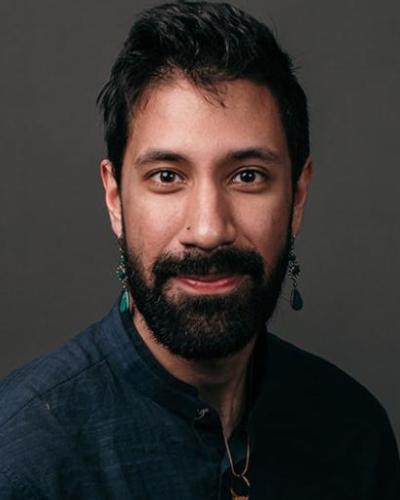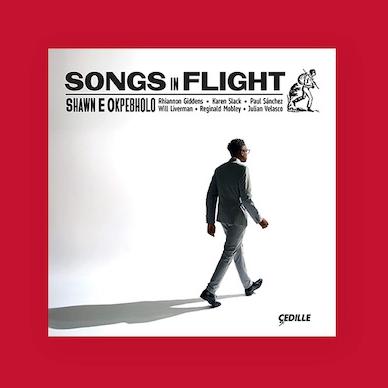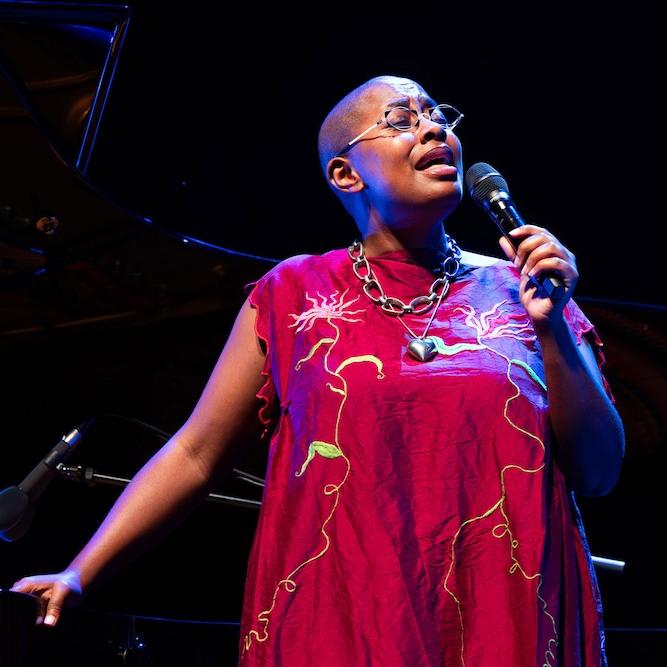Over winter break, students in Cornell’s Barbara & Richard T. Silver Wind Symphony traveled to Cuba for a performance tour in collaboration with the National Concert Band of Cuba, which honored both music and culture.
The nine-day tour, with eight days spent in Havana and one in Matanzas, was led by James Spinazzola, the Barbara & Richard T. Silver ‘50, MD ‘53 Associate Professor and Director of Winds at Cornell. He hopes to establish a long-term partnership with the concert band, a premier ensemble sponsored by the state, with members ranging from students to older adults.
Spinazzola emphasizes the reciprocal nature of the collaboration, envisioning a biennial exchange where the Wind Symphony travels to Cuba one year, and in the alternate year, members of the National Concert Band visit Cornell.
“It keeps us having something to look forward to and creates goals of bettering as a community within the ensemble,” said alto saxophonist Karen Mendoza ‘25.“It helps us find connections past all the political issues between the nations.”
Cuba offers a unique musical richness deeply rooted in its history and influenced by diverse cultural elements, Spinazzola said. He underscored the significance of studying the country, not only for its socio-political and economic context but also for its immense contribution to global music, embedded in genres from ragtime and jazz to rock and soul.
The Wind Symphony's repertoire for the tour included pieces by American composers who were inspired by their own visits to Cuba, such as George Gershwin and Aaron Copland. And while in Havana, students also learned from Cuban-born composers such as Gonzalo Roig, who is principally known for his 1931 operetta “Cecilia Valdés.
This experience illustrates the full-circle relationship of a cultural exchange and the universality of music, Spinazzola said. Despite speaking different languages, the musicians played the same keys.“It’s a universal language. Every known culture has had something that could be classified as music …Because its intercultural commonality is so strong, it’s a wonderful way to help people from seemingly disparate backgrounds find connection.”
The students' immersive experience on the tour went beyond saxophones and clarinets. They learned the rhythms of the danzón and cumbia dancing and explored the intersections of Cuban and American musical traditions.
Although Wind Symphony students were initially apprehensive about dancing, Mendoza said, “You saw people really loosen up …At some point, we realized no one is judging you, and it’s really just about being involved in the music in a way that connects with you… they just appreciate you wanting to learn about their culture.”
Another highlight was a concert at the historic Teatro Sauto in Matanzas, where the musicians' chairs and decor remain untouched since the 19th century. The concert brought 300 enthusiastic audience members dressed in their Sunday best, Mendoza said. “We got a standing ovation, and the host gave us flowers. It was really sweet because we weren’t expecting that amount of support and appreciation.”
As the symbiotic relationship between Cornell and Cuba grows, this travel opportunity will be open to all Cornell Wind Symphony students. To share more about the impact of cultural exchanges like this one, Spinazzola has written “Community-Engaged Performance Tours: A Guide for Music Ensemble Directors and Educators,” a book that highlights the impact of cultural exchange and the warmth of solidarity that transcends language and politics.





